
Residents have helped to restore key habitats on the shore at Hest Bank as part of a £150m project to improve the coastline.
As part of the Our Future Coast scheme, people have been building and installing special devices to speed up the regeneration of salt marshes.
The idea behind the sediment trapping devices, made from natural materials, is to mitigate climate change, support wildlife and reduce flood risk.
A team who signed up for a workshop on Monday were out on the beach trialling the structures to restore salt marsh.
Embed not found
"These are sediment trapping devices which have been designed, made and installed by the community, in conjunction with Siskin Asset Management, Morecambe Bay Partnership and Slyne with Hest Parish Council," said a Lancaster City Council spokesperson.
"They've been designed by Lancaster University's Coastal Nature Lab project to see if we can speed up the regeneration of salt marshes at Hest Bank and are made of natural materials which are readily available.
"They are being monitored, so if you see them on your travels, please leave them where they are.
"This project is funded by Defra as part of the £150 million Flood and Coastal Resilience Innovation Programme which is managed by the Environment Agency to develop and test new approaches to resilience tailored to local communities."
Here are more photos from the project, images by Lancaster City Council and Morecambe Bay Partnership.
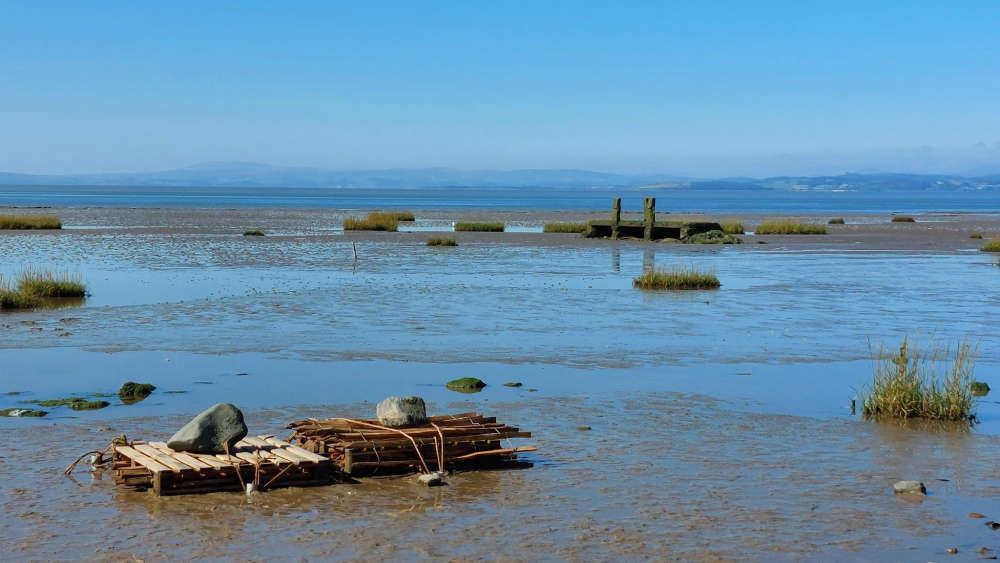
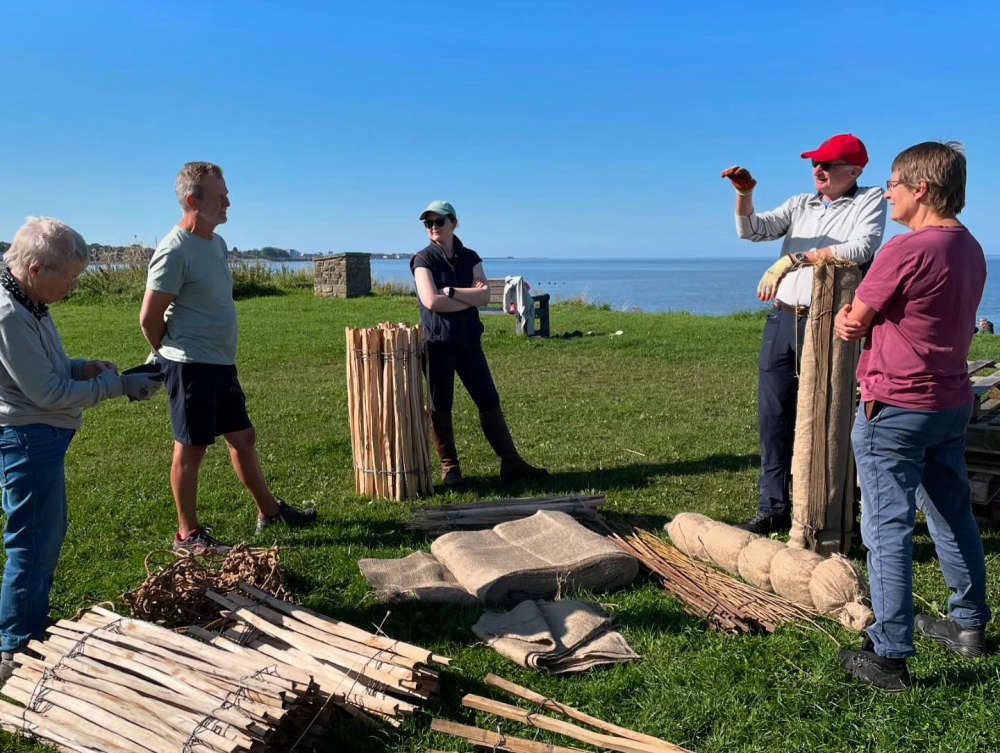
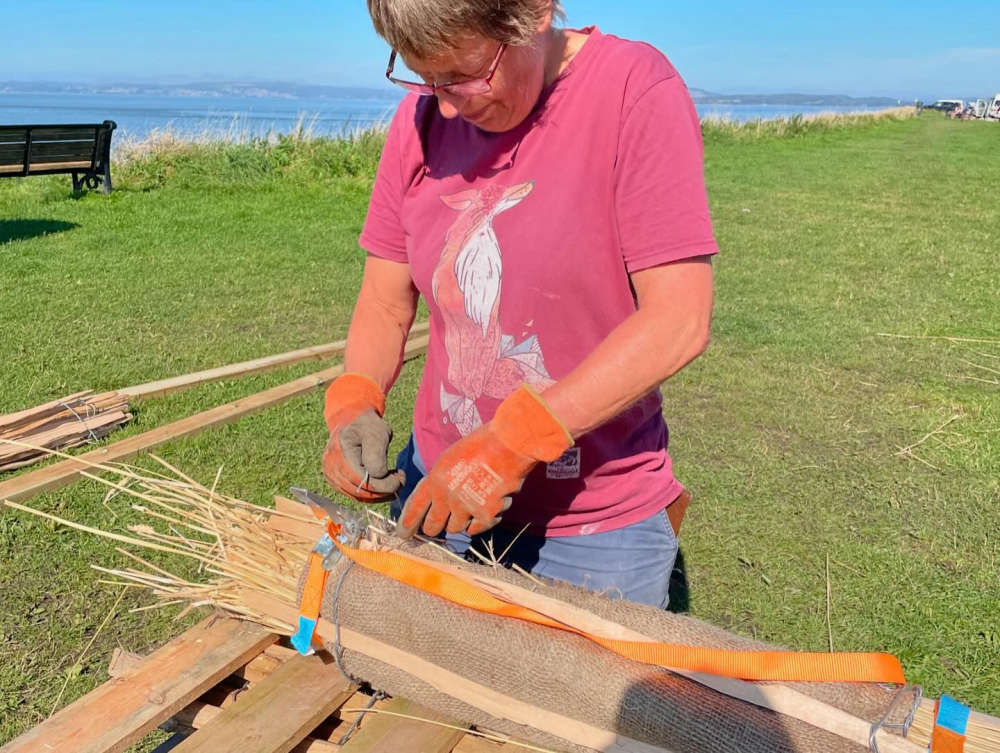
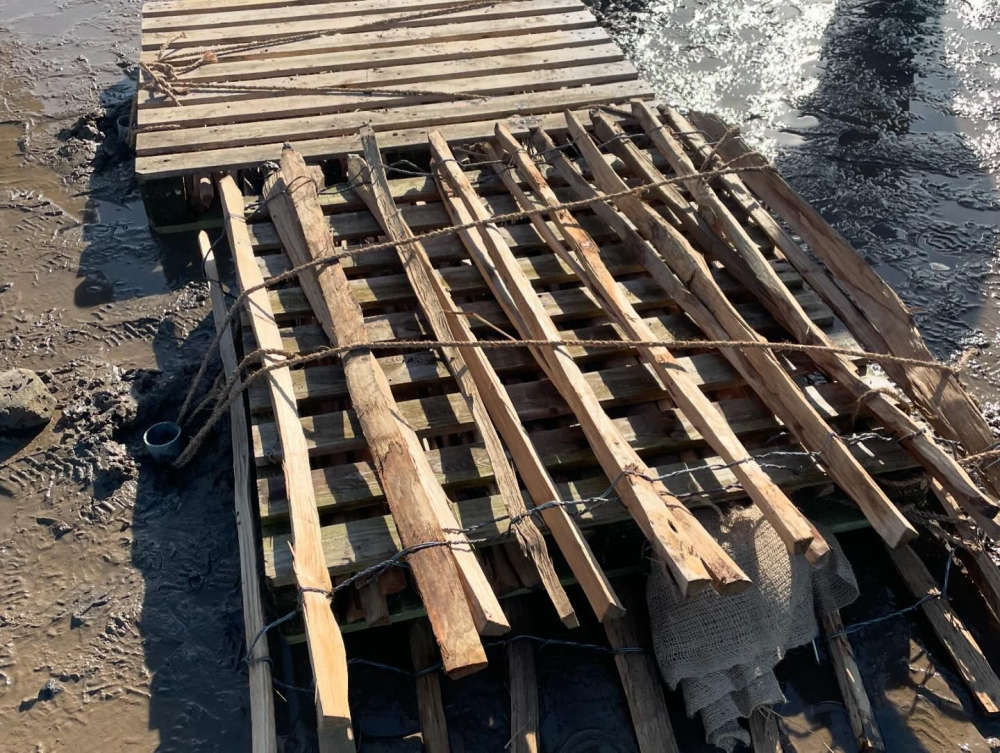



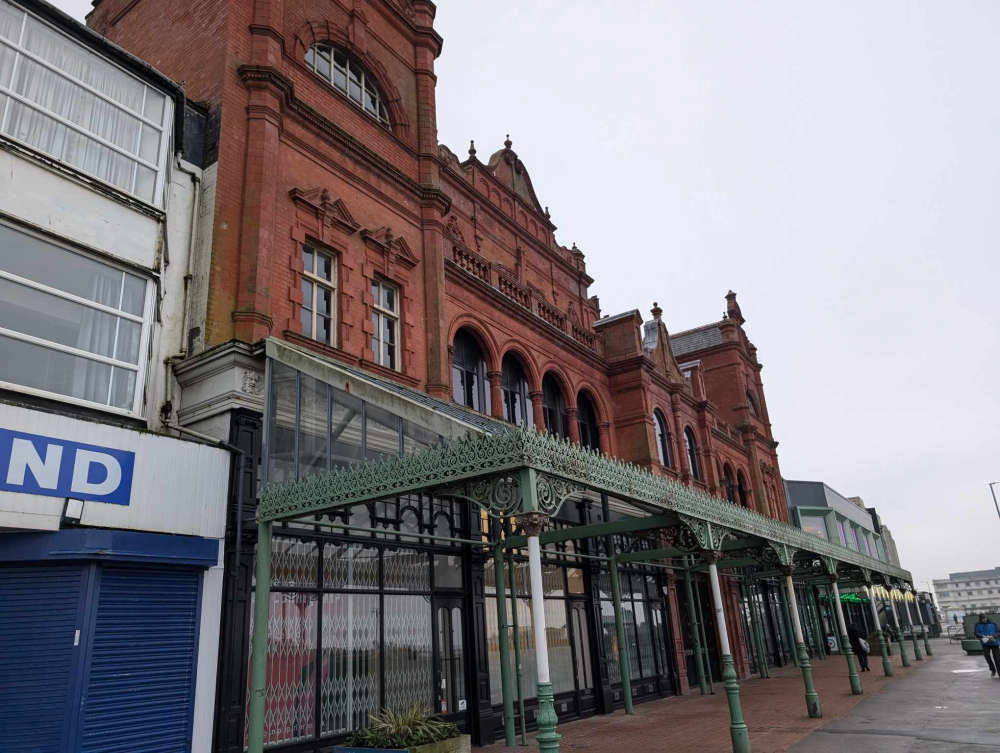 Morecambe Winter Gardens to open to public for new season
Morecambe Winter Gardens to open to public for new season
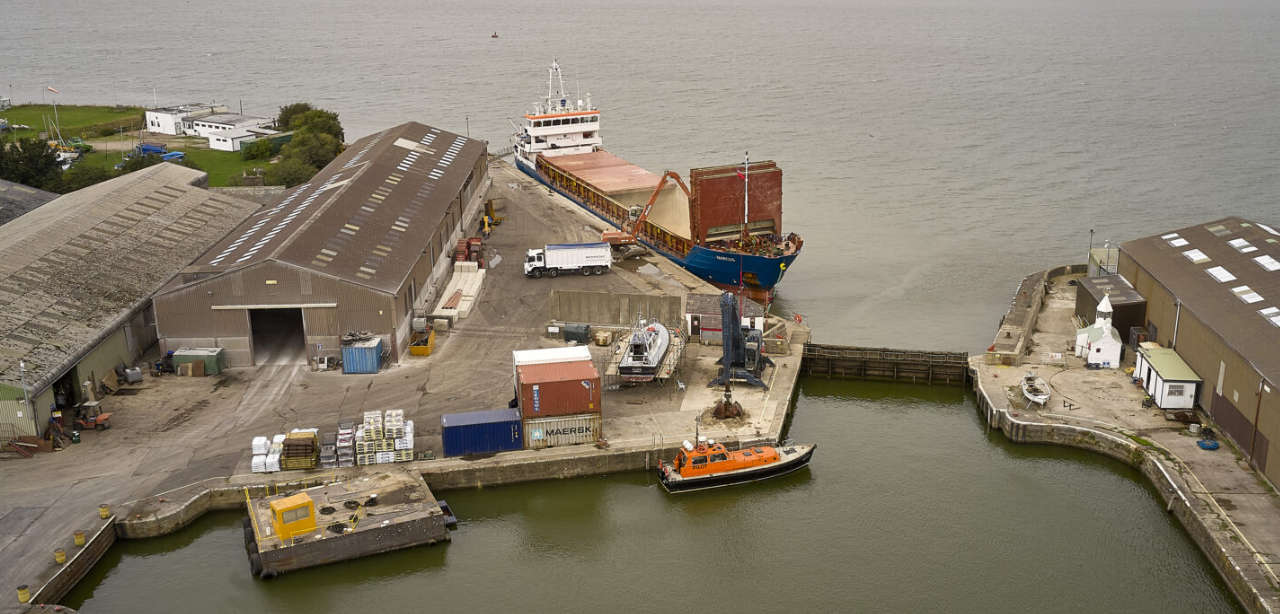 Cash for repairs to Lancaster Port gate announced in £6.5m flood defence package
Cash for repairs to Lancaster Port gate announced in £6.5m flood defence package
 Carnforth fire crews issues safety advice after tackling blazes in the open
Carnforth fire crews issues safety advice after tackling blazes in the open
 EXCLUSIVE: Battle of Britain Dakota display announced for Armed Forces Day in Morecambe
EXCLUSIVE: Battle of Britain Dakota display announced for Armed Forces Day in Morecambe
 Heysham school to open new nursery after government cash boost
Heysham school to open new nursery after government cash boost
 Local election candidates announced
Local election candidates announced
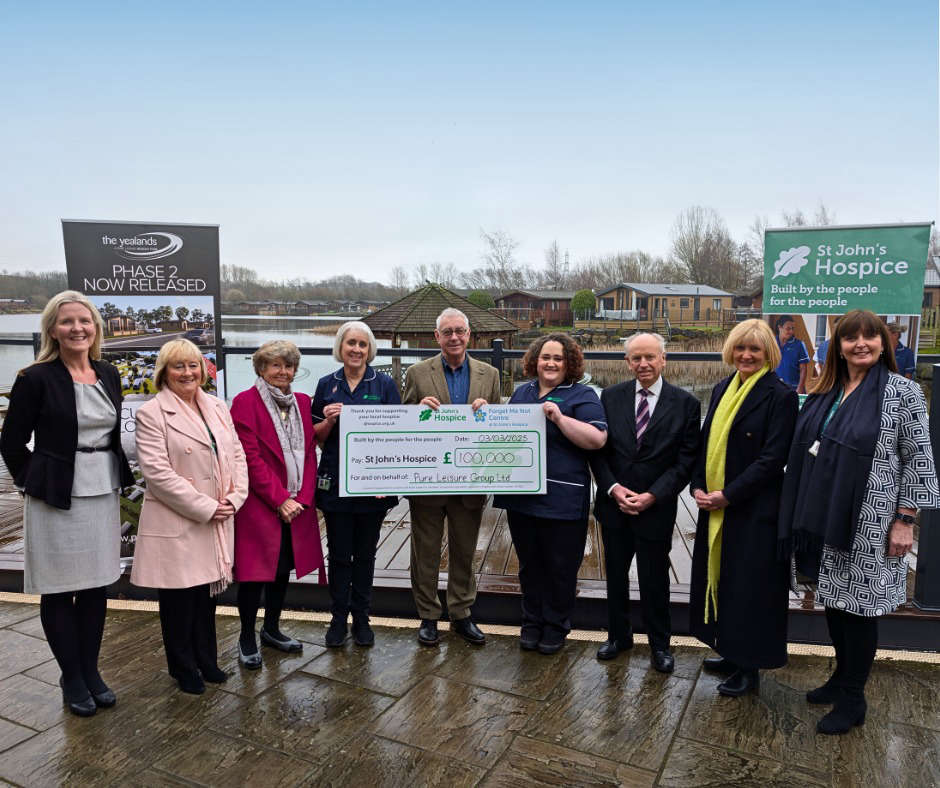 Holiday park empire donates £100K to Lancaster hospice
Holiday park empire donates £100K to Lancaster hospice
 Lancaster and Morecambe events will 'Spring into Action' over food
Lancaster and Morecambe events will 'Spring into Action' over food
 Lancaster City Council shortlisted for four local government awards
Lancaster City Council shortlisted for four local government awards
 Man pleads guilty to Heysham murder
Man pleads guilty to Heysham murder
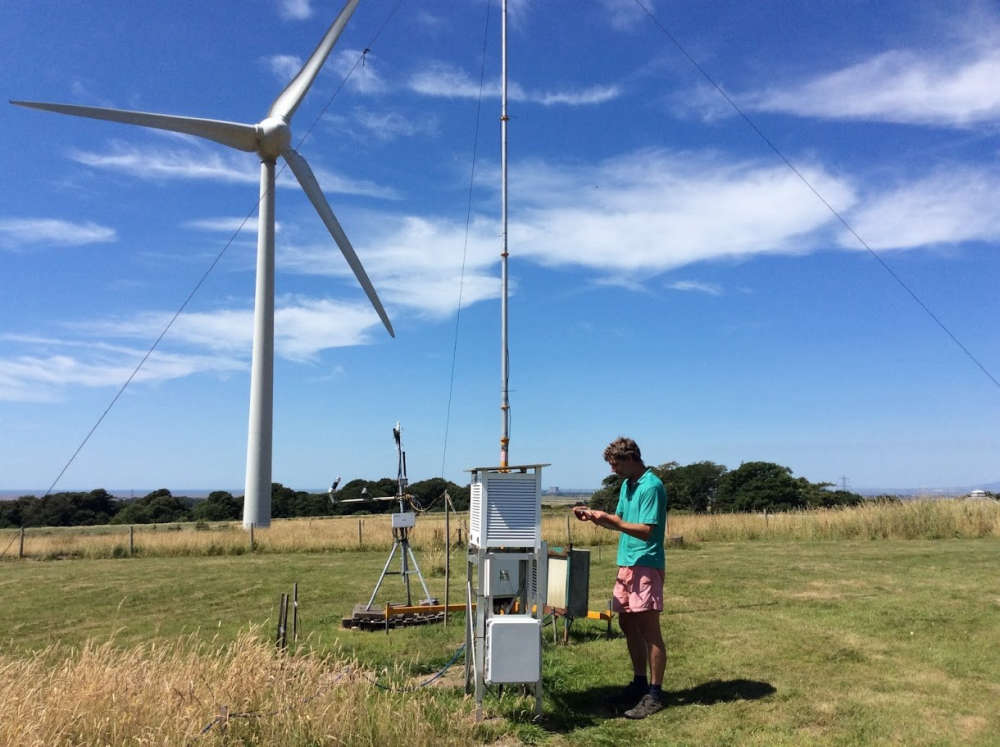 Driest March in Lancaster since records began
Driest March in Lancaster since records began
 Pioneering Morecambe 'podcast' from 1980s unearthed after 44 years
Pioneering Morecambe 'podcast' from 1980s unearthed after 44 years
 Lorry driver from Morecambe arrested after positive roadside drug test
Lorry driver from Morecambe arrested after positive roadside drug test
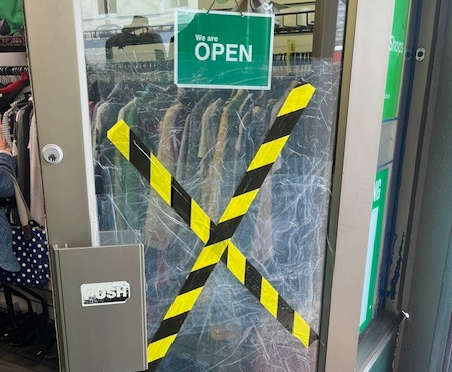 Hundreds raised after vandalism to Lancaster hospice shop
Hundreds raised after vandalism to Lancaster hospice shop
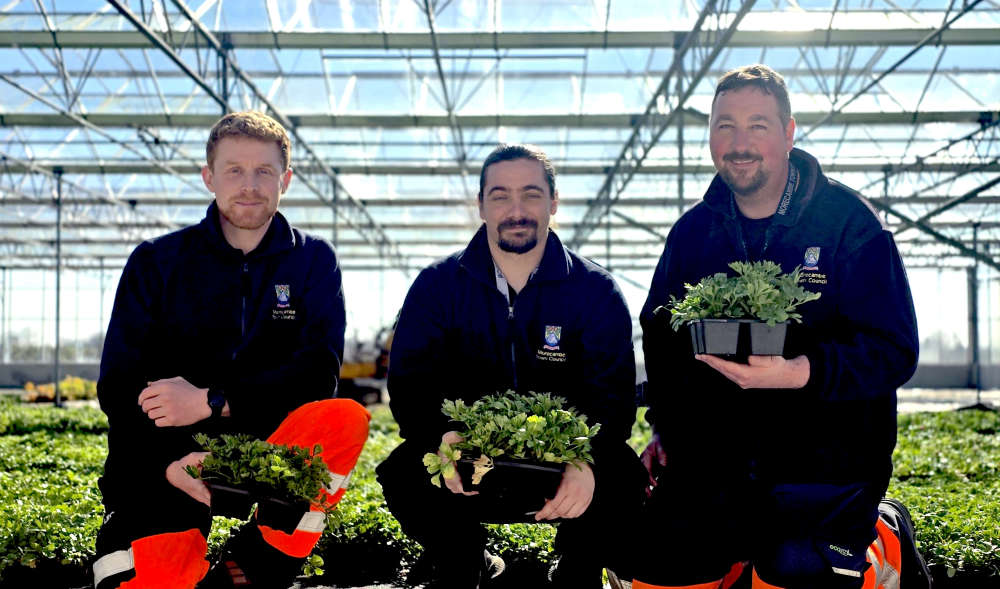 Plans under way to bring spring flowerbed planting back to Morecambe
Plans under way to bring spring flowerbed planting back to Morecambe
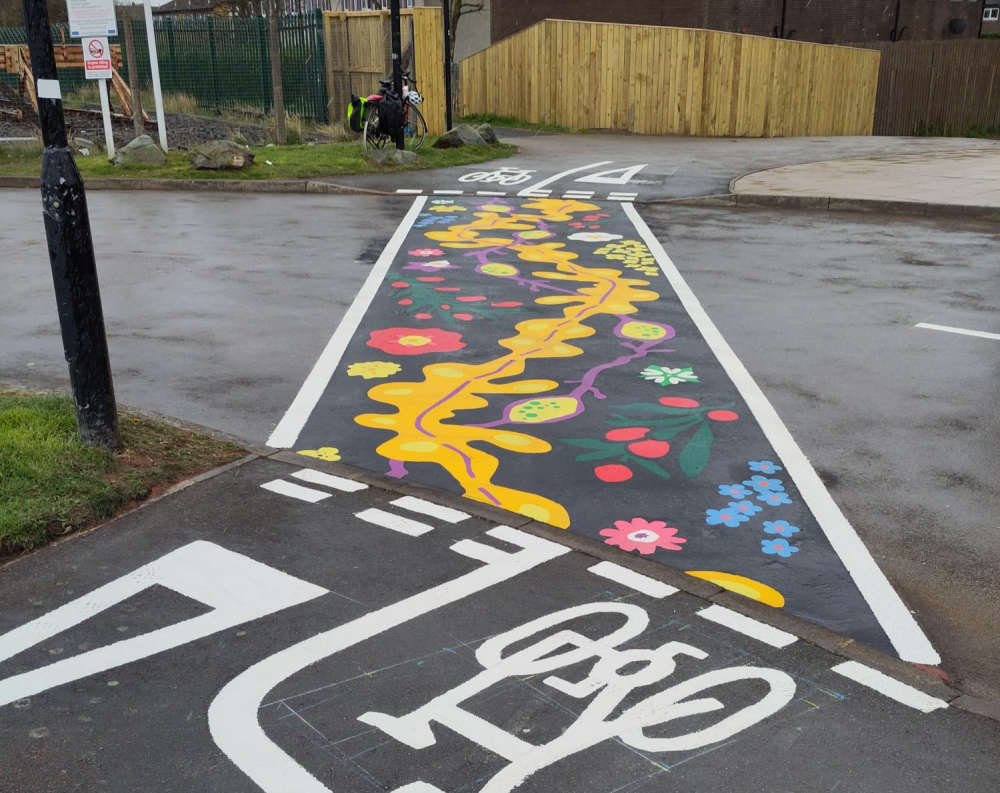 New cycle and pedestrian friendly crossing completed in Morecambe
New cycle and pedestrian friendly crossing completed in Morecambe
 INTERVIEWS: Morecambe Bay visitor guide launched with high hopes for tourist season
INTERVIEWS: Morecambe Bay visitor guide launched with high hopes for tourist season
 Council looking at ways to fund £1m refurb of village hall in Carnforth
Council looking at ways to fund £1m refurb of village hall in Carnforth
 Pan-disability game at Morecambe FC will raise awareness of autism
Pan-disability game at Morecambe FC will raise awareness of autism
 Morecambe lifeboat crew respond to reports of ‘flashing lights and red flares’
Morecambe lifeboat crew respond to reports of ‘flashing lights and red flares’




